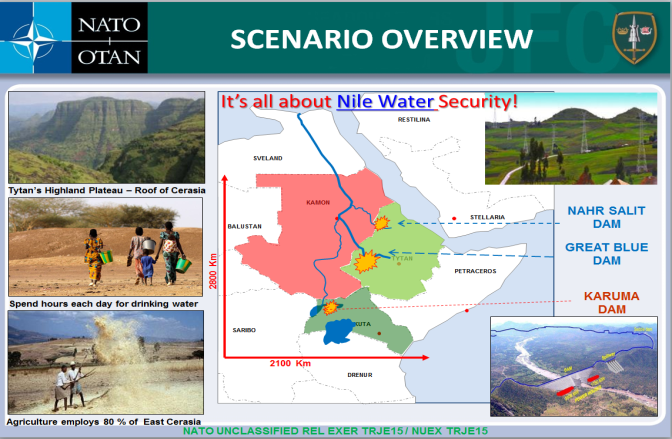MILENG COE Course Revision
“It is not the strongest of the species that survives, nor the most intelligent that survives. It is the one that is most adaptable to change.”
The Military Engineering Centre of Excellence Training and Education Branch conducted a full course revision in June 2015 in order to better meet the guidance from the SACEUR, as discussed during the NATO Training Synchronization Conference (TSC 2015), and focus on Hybrid Warfare. Specifically, the SACEUR’s guidance concerning higher level exercises, was used as the goal to make the courses 2/3 high intensity conflict and 1/3 stability and support. The courses revised were MEAOPC, MEOPC, and MELTC. For the NMESOC, a NATO approved course for which SHAPE sets the requirements for, the content was not changed concerning the type of operation being conducted, as it is generically supportive of both types.
By LtCol (OF-4) John Pope (USA A),
Military Engineering Centre of Excellence, T&E Branch Chief
All three courses previously had content focused on operations in Afghanistan supporting ISAF. The subjects, scenarios and syndicate work were all tailored to preparing students to operate in an operation similar to this. However, due to events in Eastern Europe, and the guidance from the SACEUR, major changes to the courses were needed. The revision also sought to use the new JWC SOROTAN Scenario, developed specifically to address the current political environment.
The result of the revision was that some of the subjects previously taught were reduced or replaced with subjects more related to high intensity conflict. An example of this in the revised MEOPC course is the removal of syndicate work for C-IED/Route Clearance, while maintaining the block of instruction, to allow for the addition of gap crossing. For the new scenario, SOROTAN has already been incorporated into the NMESOC training and will be used in the revised MEAOPC course as well. Continued effort will be made to evaluate if the scenario, designed for NATO Level Exercises, can be incorporated into the lower level courses.
It is also important to note MEAOPC, in addition to the aim above, was also revised to better meet the needs of the NATO Tactical Level, meaning the Component Commands of LANDCOM, MARCOM, and AIRCOM and the NRDCs. The training in NMESOC is focused on the NATO Operational Level and the previous MEAOPC course was at the national Brigade level, leaving a gap for this level. This is also in accordance with the MILENG Strategic Training Plan, approved by the NAC on 31 MAR 15, that has requirements for both the NATO Operational and Tactical level. The result of this adjustment means that there will be two courses designed for the national level and two for NATO.
The revision was also an opportunity for the Centre to adjust the Course Control Documents (CCDs), according to the new Bi-SC 75-7 (Education and Individual Training Directive), in order to meet the Quality Management Standards for NATO courses. It also required a change in the names of the courses, as well as adjusting the level, to more accurately describe the content. Several options were considered and the results are shown below. For NMESOC, the name change is a proposal for the SHAPE JENG, the course owner, to consider.
The New Courses
- Military Engineering Tactical Leaders Course (METLC) (Level: PLT) ->
Military Engineering Multinational Basic Course (MEMBC) (Level: PLT-COY)
- Military Engineering Operations Planning Course (MEOPC) (Level: COY-BN) ->
Military Engineering Multinational Advisory Course (MEMAC) (Level: BN-BDE)
- Military Engineering Operations Planning Course (MEAOPC) (Level: BN-BDE) ->
NATO Tactical Military Engineering Course (NTMEC) (Level: NATO Tactical, including NRDCs)
- NATO Military Engineering Staff Officers Course (NMESOC) (Level: NCS/NFS) ->
NATO Operational Military Engineering Course (NOMEC) (Level: NATO Operational)
Summary
In summary, the course revision intends to ensure the Centre is adapting and maintaining the most current and relevant training to both the benefit of the sponsoring nations as well as the NATO Headquarters. It also highlights again the return of investment in the Centre.
_________________
